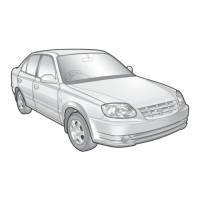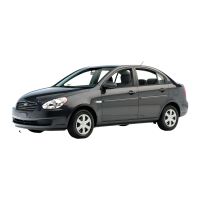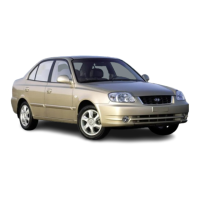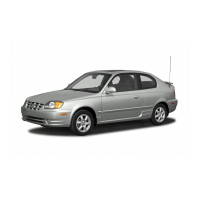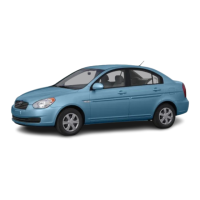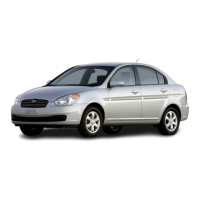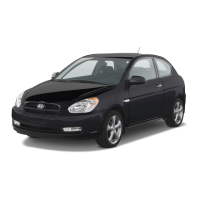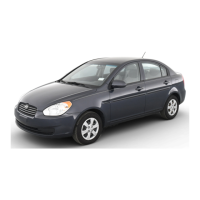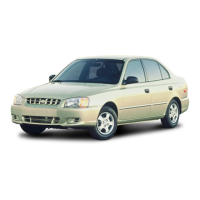F1
All information in the Owner's Manual is current at the time of publication.
However, Hyundai reserves the right to make changes at any time as part of our
policy of continual product improvement may be carried out.
This manual applies to all Hyundai models and includes descriptions and expla-
nations of optional as well as standard equipment. As a result, you may find
material in this manual that does not apply to your specific vehicle.
OWNER'S MANUALOWNER'S MANUAL
OWNER'S MANUALOWNER'S MANUAL
OWNER'S MANUAL
Operation
Maintenance
Specifications
